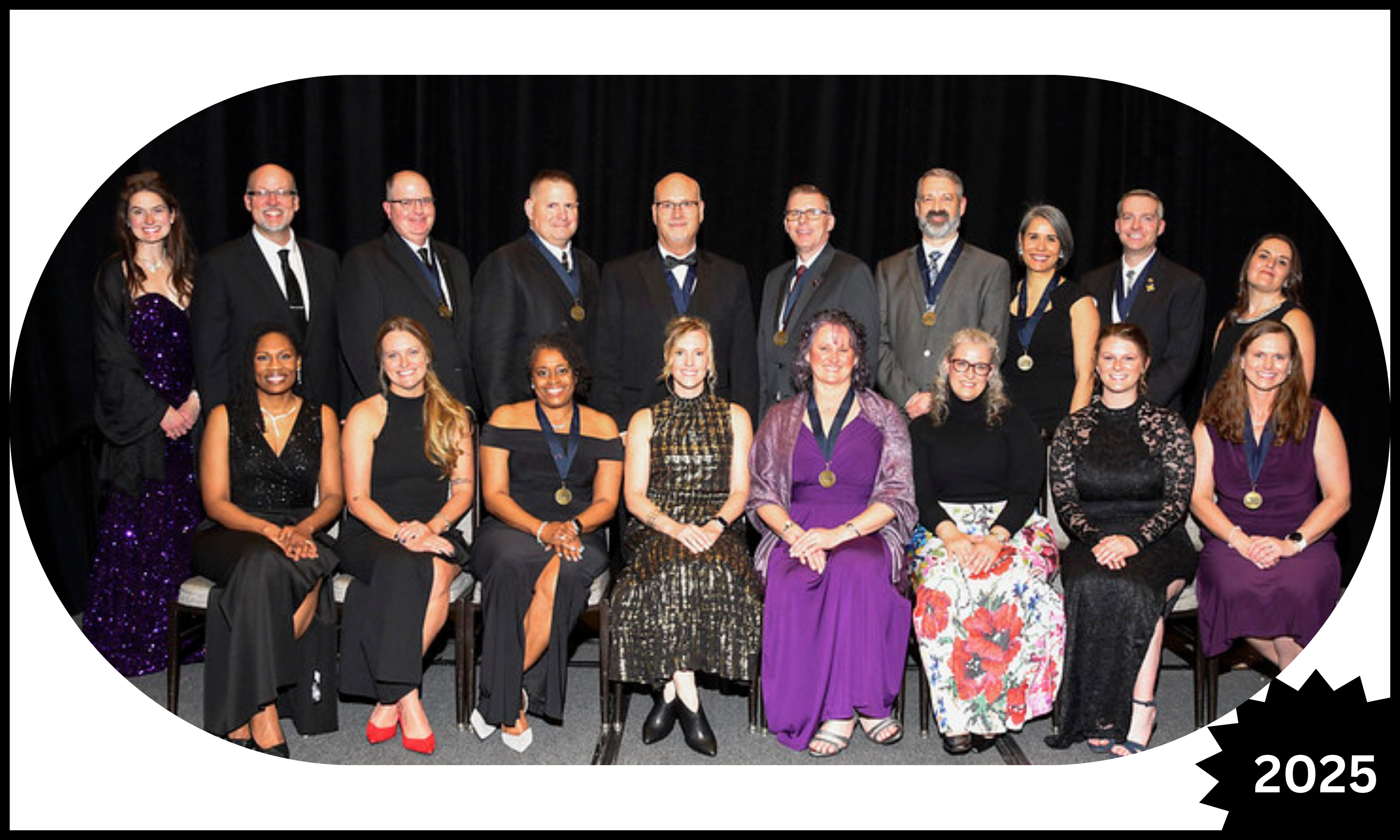|


| Academy Chair |
Academy Chair-Elect |
|
Sarah Manspeaker
|
Laura Kunkel
|
Role of Athletic Training in Interprofessional Health Care
The practice of Athletic Training has traditionally been collaborative and interprofessional long before the term itself was coined in the mid 1980’s. In the collegiate, professional and secondary school settings, Athletic Trainers (ATs) coordinate care for hundreds of individuals. They provide on-site holistic wellness and prevention, primary care and triage/referral and work with a wide variety of health professionals including, but not limited to, physicians, physical therapists, nurses, dietitians, pharmacists, psychologists and sports scientists. They are responsible for communicating with coaches, families, administrators and other stakeholders. These skills, developed as part of one’s professional education preparation, have made athletic trainers invaluable in “emerging” settings including ambulatory care, physician offices, industrial/occupational, military/tactical/public safety and the performing arts.
NAP’s mission of “Distinguished professionals advancing interprofessional healthcare by fostering collaboration and advocating policies in the best interest of individuals and communities” connects clearly with the practice of Athletic Training and how the profession continues to evolve with its expanding set of skills. The AT Core Competencies of Patient-Centered Care; Interprofessional Practice and Interprofessional Education; Evidence-Based Practice; Quality Improvement; Health Care Informatics; Professionalism and Diversity, Equity, Inclusion align with NAP’s Core Values of Collaboration, Patient-Centeredness, Inclusivity and Interconnectedness. The members of the Athletic Training Academy in NAP enthusiastically embrace NAP’s vision to “lead and exemplify interprofessional healthcare that promotes and preserves health and well-being”.
Resources:
|